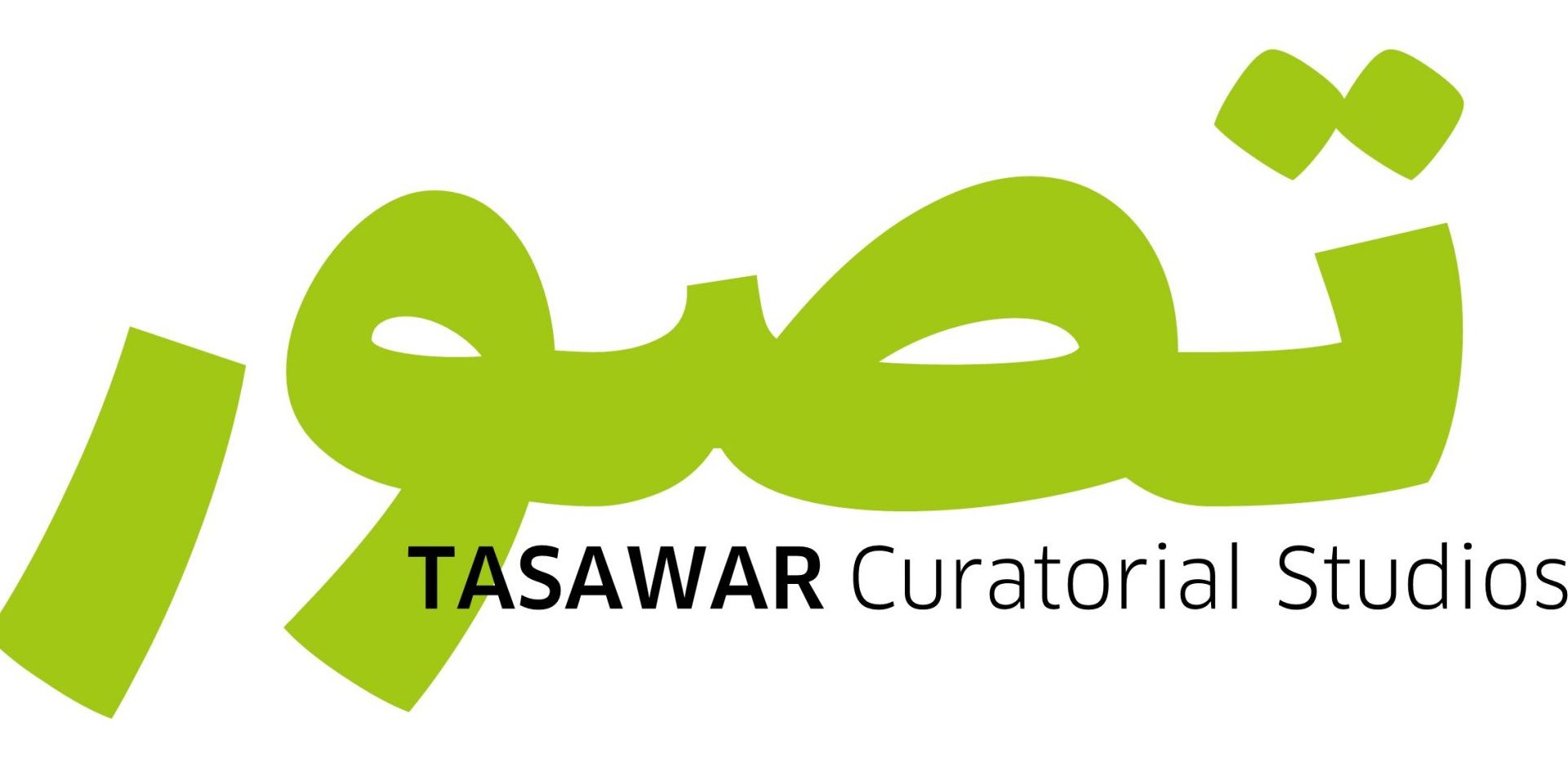The ZKM in Karlsruhe.de is a center of art and media. “The ZKM was founded in 1989 with the mission of continuing the classical arts into the digital age. This is why it is sometimes called the “electronic” or “digital” Bauhaus – an expression that is traced back to the founding director Heinrich Klotz.” >>
Among the key topics of the ZKM are the history of media art, the conservation of media art, the development of the web culture and the broadening public participation. Another one is the “New Cartographies of Art”. They claim that at the end of the 1990s when “internationalization” was replaced by “globalization”, the landscape, the guiding interests and the protagonists of the art spheres changed. ZKM dedicates research, discourse, and display to the attempt to draw a new map of the arts.
Andrea Buddensieg: New Cartographies of Art (No Date):
…
Do national boundaries have any relevance? Is art from the Maghreb African, or does it instead fall within the Mediterranean region? Is Iran part of the Middle East or a region in its own right? On the other hand, it is indisputable that the Eurocentric monolith is crumbling, and that by way of a “provincialization” processes in Europe (Dipesh Chakrabarty), relations and contexts within the world of art can now be rethought.
In the course of globalization, the theme of migration becomes less important. Contemporary technologies, such as video and installation, facilitate the global spread of media art. The potential public grows and the question is no longer one of where artists actually live, but where and how they find their audience.
…
The globalization of art is nowhere more evident than in art markets. The New Economy has brought forth a new clientele of billionaires who collect contemporary art as a symbol of a global lifestyle. New centers of art, such as Hong Kong, Singapore, and Dubai, challenge the old ones of New York, London, and Paris. The boom in contemporary art can also be witnessed in the worldwide spread of MOCAs (museums of contemporary art), which have superseded the model of MoMA (museums of modern art).
One further phenomenon connected with the emergence of new art worlds is the proliferation of biennials. Whereas roughly two dozen of these periodically organized exhibitions were in existence in 1989, the year 2000 saw the establishment of a further forty such events. Today, there are over 200 biennials. The new venues are located, for the most part, in newly industrializing nations, which, after having flourished economically in the course of globalization, now aspire to international networking. Meanwhile, with the spread of the biennial format, a variety of discourses and concepts have emerged, which also grapple with a new cartography of art beyond national borders.
zkm.de/keytopic/new-cartographies-of-art. Retrieved on 23 September 2019.
